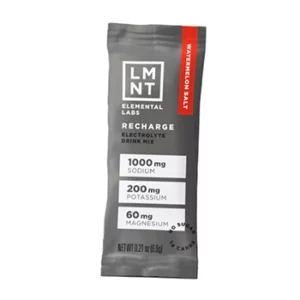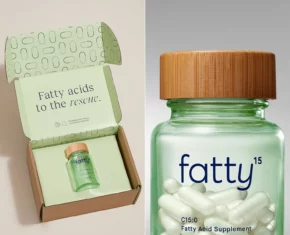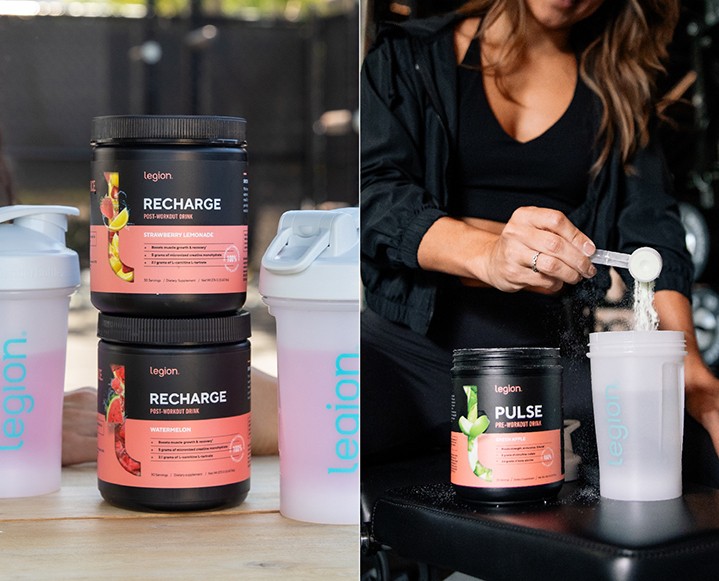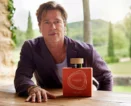Ed and Jean Wood are two true artisans with a passion for authentic sourdough bread. After meeting in college some 40 years ago, they have spent their lives studying the science of real sourdough, baking and batching the perfect loaf, and traveling the world to uncover the hidden history of sourdough for National Geographic Society. In the process, they formed Sourdoughs International (SDI) and literally wrote the book on the ancient fermentation process and cultures that gives sourdough its unmistakable, authentic taste. Part scientists, food anthropologists, adventurers, and bakers, this is a couple that truly gives new meaning to the term good taste.
What is authentic or ‘real’ sourdough bread?
“ ‘Authentic’ sourdough bread really means only one thing: it is never made with any commercial yeast of any kind, ever! So what makes it rise? About 5,000, maybe even 10,000 years ago, bakers thought that the gods put something in their dough to make the loaves rise. They knew they had to save dough from one loaf and add it to the next batch to get it ‘started’. At Sourdoughs International and elsewhere, ‘starters’ are usually called ‘cultures’, referring to the microscopic organisms involved, which we ‘culture’. Today we know that it is the fermentation of ancient wild yeasts that make our doughs rise and we still have to add them to every batch.”
Why did we ever stop making bread this way?
“What happened to our ‘staff of life’ that made sourdoughs disappear almost completely? During the so-called Industrial Revolution around the 1920s, researchers developed a method to isolate single yeast cells and grow them in pure colonies with special functions. They chose yeast with an incredibly rapid speed of fermentation to shorten the entire bread making process. With very few exceptions, the quality and flavor of commercial bread, for unknown reasons, was lost for the next 50 years. It wasn’t until almost 1970, when two researchers studying one of those exceptions, San Francisco sourdough, reported that the unique flavor of the bread was due entirely to a previously unknown strain of bacteria. They named that bacteria Lactobacillus sanfrancisco.
“Unfortunately, that research has yet to improve the quality of most commercially produced bread. Time is money and most commercial bakers choose not to waste it. The lactobacilli require 12 to 24 hours to complete the fermentation of dough and produce that special flavor. Commercial yeasts leaven the dough so fast, it is baked long before the fermentation is complete and the flavor never develops. It isn’t easy to find authentic sourdough on store shelves. One must look very carefully at the label. It isn’t enough to read ‘leavened naturally’, and if the list of ingredients includes ‘yeast’, it’s time to move on. For ‘real’ sourdough, home bakers are finding it necessary to bake it themselves and there are lots of them doing just that!”
What are the health benefits of authentic sourdough as opposed to conventional sourdough or other types of bread?
“We call sourdough ‘The Gold Standard of Bread’ for good reason. The fermentation of flour by wild yeast and bacteria (usually lactobacilli) produces a myriad of compounds seldom or never found in breads produced by commercial yeast with no lactobacilli or other bacterial components. Sourdough quality, in turn, leads directly to a special quality of life recognized by all home bakers and everyone around them. The fermentation of authentic sourdoughs and the compounds they produce will improve your quality of life – they have improved mine immensely. The personal satisfaction of just creating the aroma that fills the house when baking sourdough is enough to uplift anyone’s spirits. The final product, the bread, is just the icing on the cake, so to speak! The enjoyment of baking is reward enough. I don’t think anyone enjoys buying tasteless commercial bread.”
How did you and your wife discover your love for authentic sourdough bread?
“I met my life partner, Jean, at Oregon State College in Corvallis. She was working on a degree in Pharmacy and I was chasing one in Fish and Game Management. I was batching in an apartment with a classmate from high school and we just about lived on sourdough bread from a culture I had inherited from my grandmother. I think those sourdoughs charmed Jean, too. At least, perhaps they supplied something unique from her other dates. Two years after graduation, we married in Boston. Sourdoughs led us on all sorts of adventures capped some 40 years later when the National Geographic Society sent us to Egypt to help an archaeologist discover how the pyramid builders baked man’s first leavened bread in 4500 B. C. Our biggest discovery was the Giza culture. It leavened those breads 4600 years before we arrived and was still there. That’s another story. (National Geographic, January, 1995).”
Tell us about how you sourced these ancient sourdough cultures.
“Along the way, we spent two years in the Middle East, where I worked as a pathologist in a Saudi Arabian hospital. That gave us an opportunity to search the surrounding desert for ancient bakeries that had never even heard of commercial yeast. Jean charmed the proprietors while I negotiated for a piece of dough. We returned to the US with 10 priceless cultures, formed Sourdoughs International (SDI) and learned how and how not to bake sourdough.”
What is your advice for someone who wants to begin baking true sourdough bread?
“We are convinced that proofing temperatures are the single most essential key for producing the different flavors of sourdoughs. To accurately regulate temperatures during the proofing cycles, we designed a simple, relatively inexpensive proofing box from a plastic cooler. This is how to do it:
The cooler should be large enough to go over a couple of your mixing bowls. Mine is approximately 21 x 13 x 11 ½ inches deep. A porcelain bulb holder is installed inside at the center of the cooler (the top is not used). An ordinary dimmer switch is wired into the power side of the cord to the bulb holder and that regulates the temperature. A 25 watt bulb is adequate. There is a more complete description in our current text, Revised Classic Sourdough.
During winter is not the best time to find Styrofoam coolers, but large grocery stores often have them piled high on a shelf somewhere. No one really knows where the term ‘proofing’ came from or what it means but you can substitute ‘fermentation’ almost everywhere for ‘proofing’.
I do something else that usually shocks artisan bakers and almost everyone else until they try it. I do not preheat an oven before using it for baking. When the loaves are ready, I put them into a cool oven, set the temperature control at 375oF, close the door, turn the oven on and bake for 1 hour and 10 minutes. The 10 minutes is how long it takes my oven to reach the desired temperature – yours may be different. I think I get equal or better results including ‘oven spring’ and I don’t like handling pans or other equipment at high temperatures.
For the novice interested in the concept and challenge of sourdoughs, I always suggest starting with our Original San Francisco culture. It will do anything you ask of it once you become acquainted. It and our current text are available on line from our web site.”























